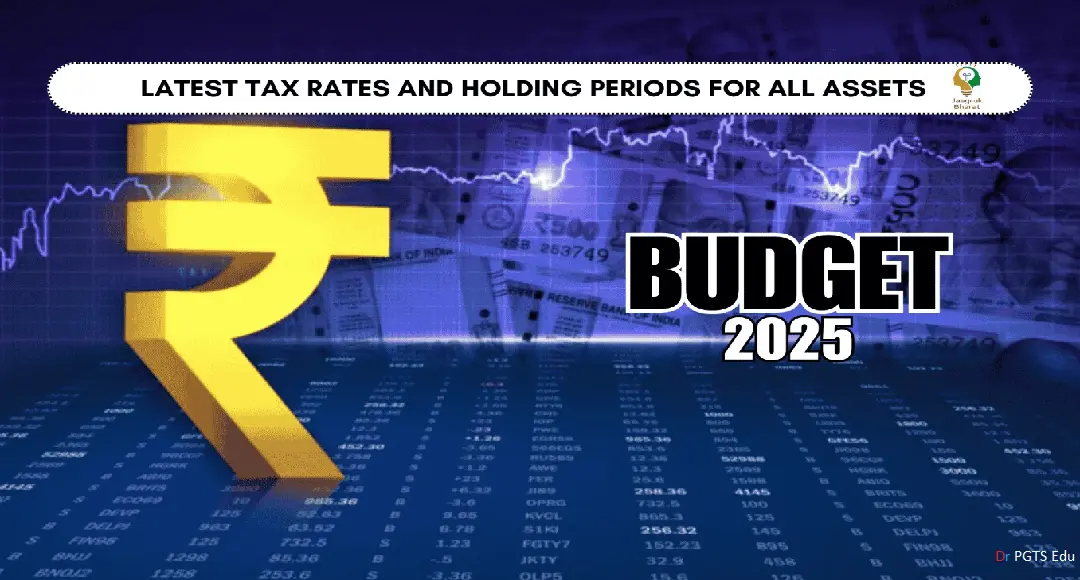Income Tax Aggregation in 2025 As India moves forward with its 2025 budget, income tax aggregation remains a critical aspect for individuals, Hindu Undivided Families (HUFs), Associations of Persons (AOPs), and companies. With tax reforms and slab changes affecting various income groups, understanding tax aggregation can help taxpayers maximize refunds and minimize liabilities. This article explores key features, tax implications, pros and cons, and strategies for taxpayers in 2025.
Income Tax Aggregation in 2025, What is Income Tax Aggregation?
Income tax aggregation refers to the process of combining all sources of income under applicable tax laws to determine total taxable income. It applies to individuals, HUFs, AOPs, and companies. Aggregation ensures that tax liability is computed fairly, preventing tax evasion and allowing the government to implement progressive taxation.

Key Features of Income Tax Aggregation in 2025
- Unified Income Sources: Salaries, business income, capital gains, rental income, and other earnings are aggregated to determine tax liability.
- Revised Tax Slabs: The 2025 budget has revised tax slabs for individuals, ensuring progressive taxation.
- Tax Deduction Benefits: Aggregation allows taxpayers to claim deductions under various sections such as 80C, 80D, and 24(b).
- Standard Deduction for Salaried Individuals: The government has increased the standard deduction limit for salaried employees, reducing taxable income.
- Corporate Tax Structure: Companies benefit from a lower corporate tax rate if they adhere to specific compliance measures.
Income Tax Aggregation Tax Slabs in 2025
The Indian government has revised income tax slabs for individuals under the new and old tax regimes. Below is an indicative tax slab structure for 2025:
For Individuals & HUFs (New Regime)
- Income up to ₹2.5 lakh – No Tax
- ₹2.5 lakh to ₹5 lakh – 5%
- ₹5 lakh to ₹10 lakh – 10%
- ₹10 lakh to ₹15 lakh – 20%
- Above ₹15 lakh – 30%
For Companies
Domestic companies with turnover up to ₹400 crore – 25%
Other domestic companies – 30%
Companies under concessional tax regime – 15% (subject to conditions)
For AOPs & HUFs
Taxed similarly to individuals but with added compliance requirements.
Income Tax Aggregation in 2025 Pros of Income Tax Aggregation
Better Refund Opportunities: Aggregating all income sources allows individuals to claim deductions efficiently, maximizing refunds.
Transparency and Fairness: Tax aggregation ensures fair computation, reducing tax evasion.
Encourages Compliance: Taxpayers are motivated to file returns timely to claim benefits.
Tax Planning Opportunities: Helps individuals and companies plan finances better by leveraging deductions and exemptions.
Income Tax in 2025 Cons of Income Tax Aggregation
Higher Tax Liability: Aggregation can lead to a higher tax bracket, increasing the tax payable.
Complex Compliance Procedures: HUFs, AOPs, and companies face complex documentation and compliance requirements.
Limited Exemptions in the New Tax Regime: Those opting for the new tax regime may not avail of certain deductions available in the old regime.
Income Tax Aggregation in 2025, How to Maximize Your Tax Refund in 2025
Opt for the Right Tax Regime: Choose between the old and new tax regimes based on your income structure and deductions available.
Utilize Deductions: Invest in tax-saving instruments under Section 80C (PPF, EPF, NSC) and claim medical insurance under Section 80D.
House Rent and Home Loan Benefits: Avail deductions under Section 10(13A) for HRA and Section 24(b) for home loan interest.
Business Expense Deductions: Companies and self-employed individuals should maintain records of business expenses to reduce taxable income.
Tax Loss Harvesting: Offset capital losses against gains to reduce overall taxable income.
File Returns Timely: Ensure proper documentation and timely filing to avoid penalties and maximize refunds.
Income tax aggregation in 2025 plays a crucial role in determining tax liabilities and refunds for individuals, HUFs, AOPs, and companies. Understanding the latest tax slabs, benefits, and deductions helps taxpayers make informed decisions and reduce their tax burden. By leveraging available deductions, optimizing tax planning, and adhering to compliance measures, taxpayers can efficiently manage their tax liabilities while maximizing their refunds.
Read also: Income tax law 2025 the biggest changes you need to know now

